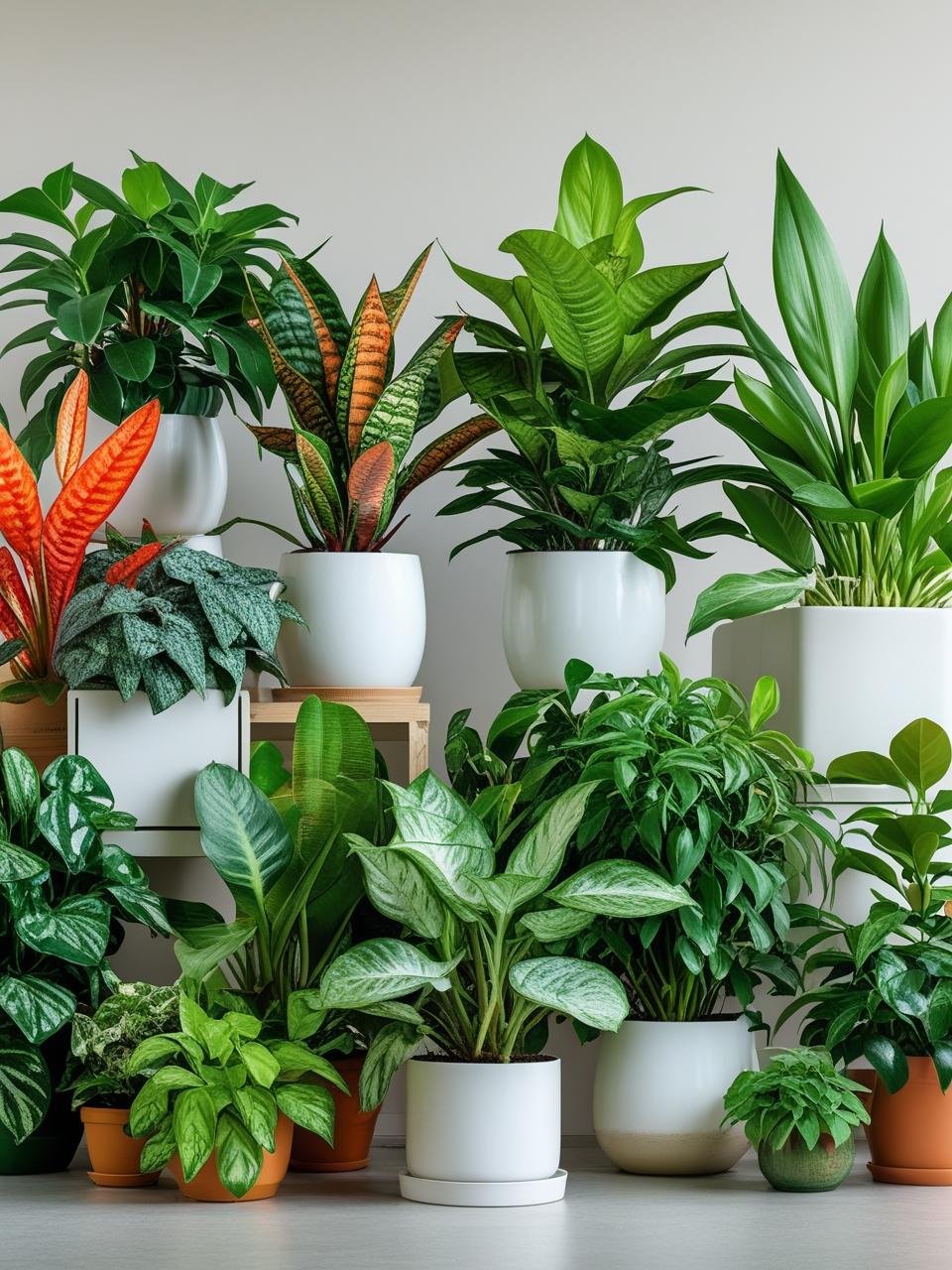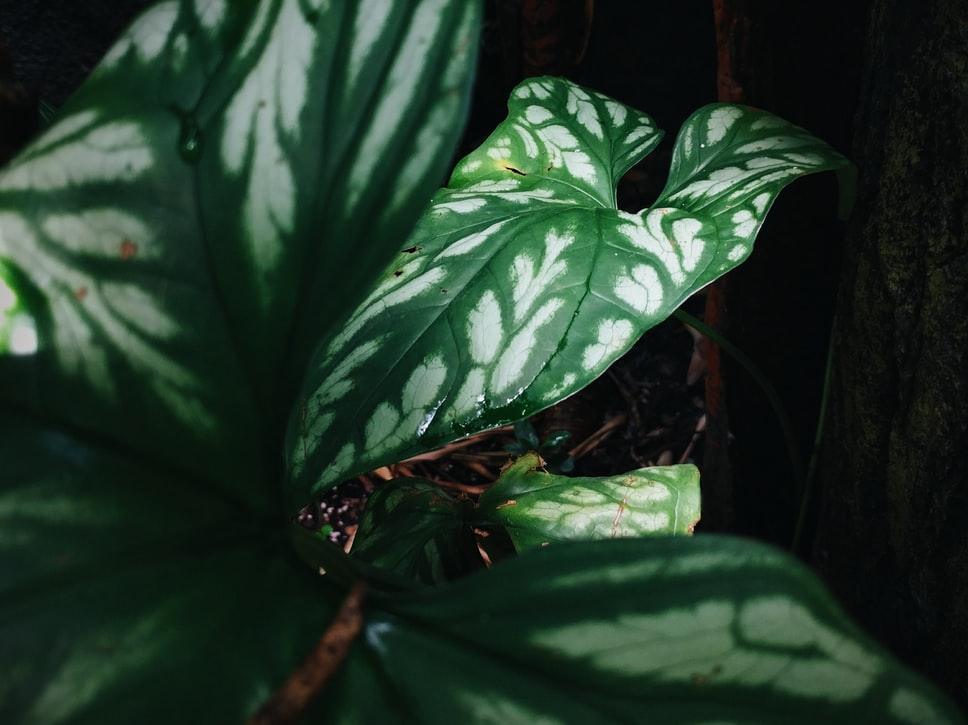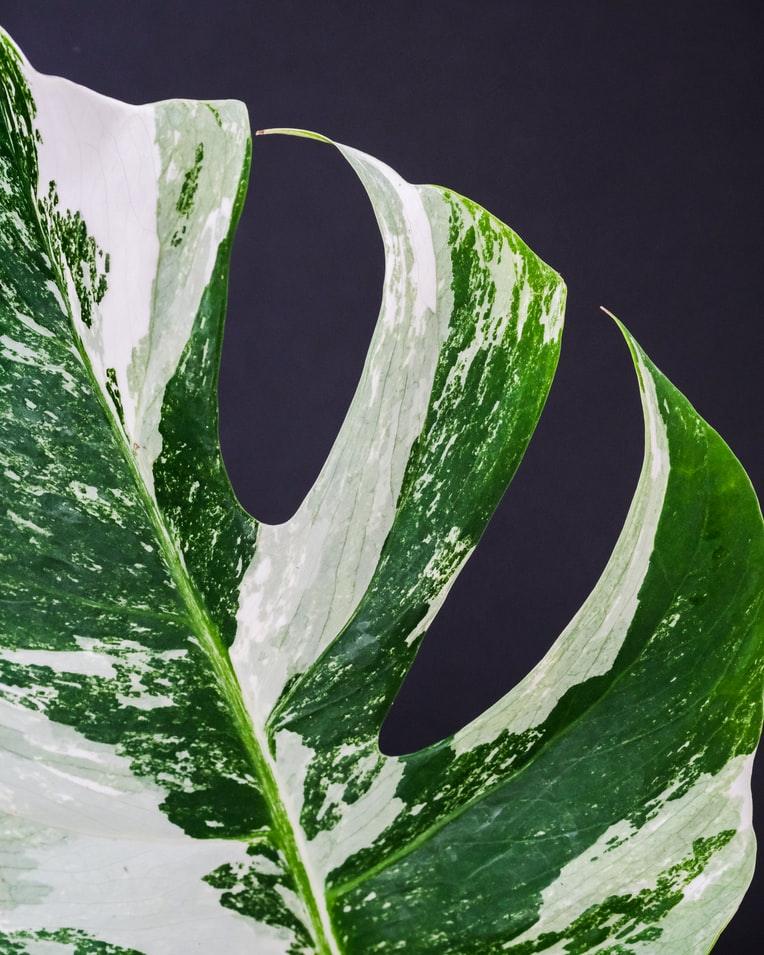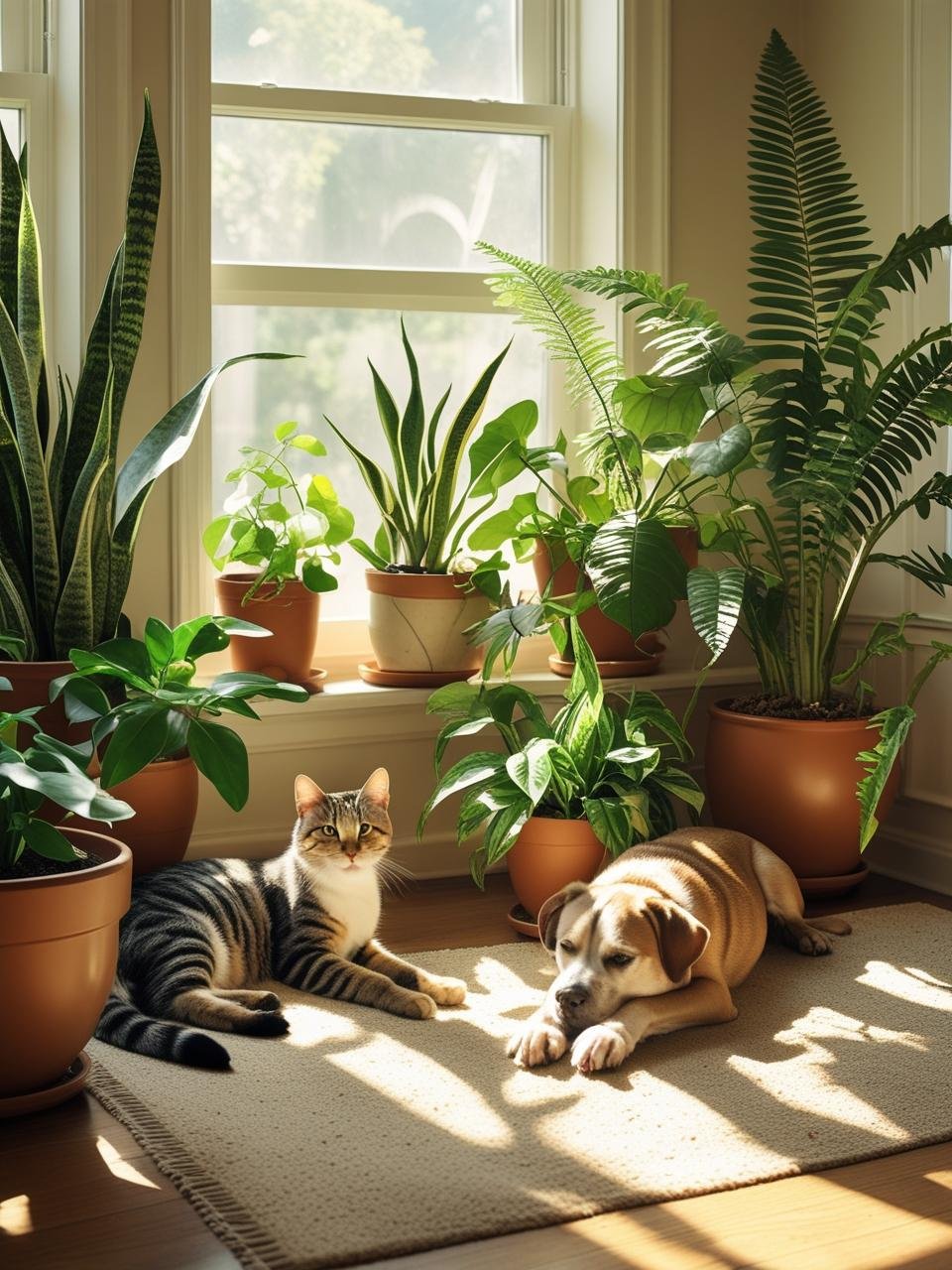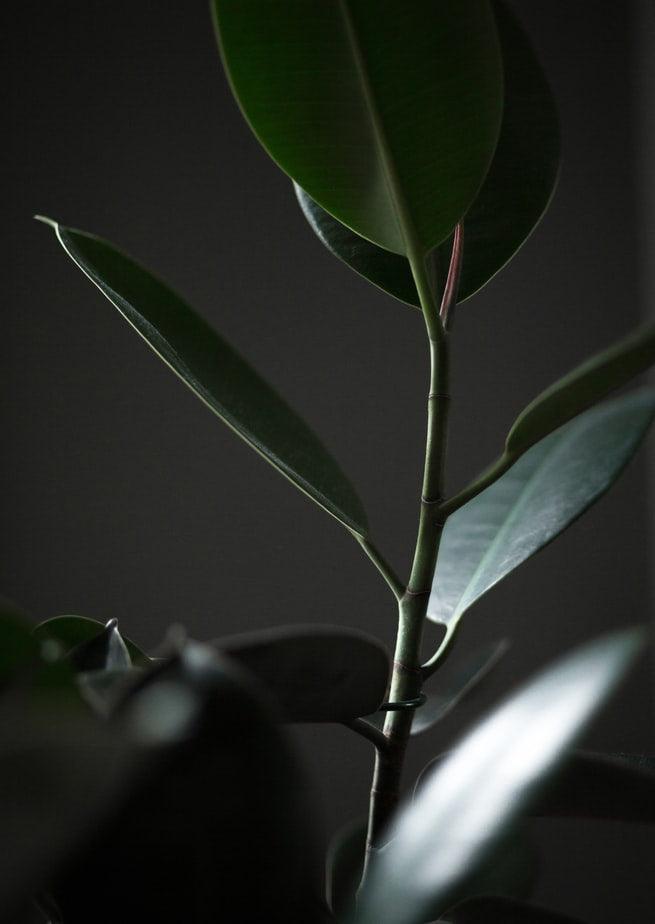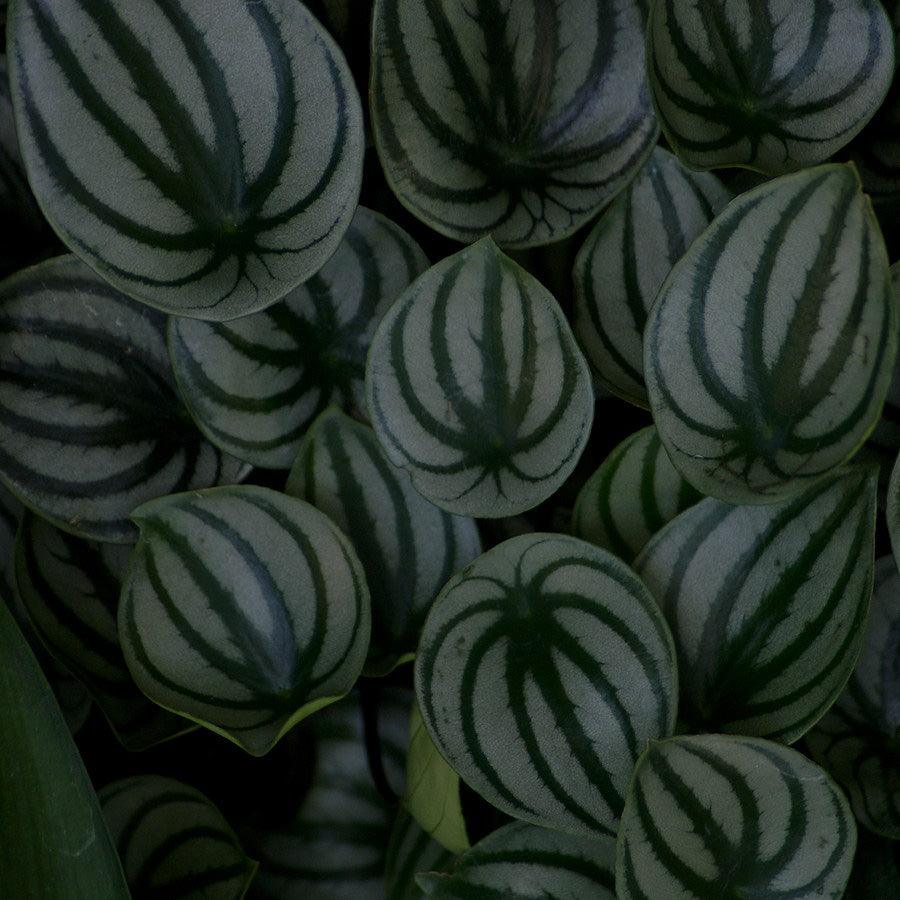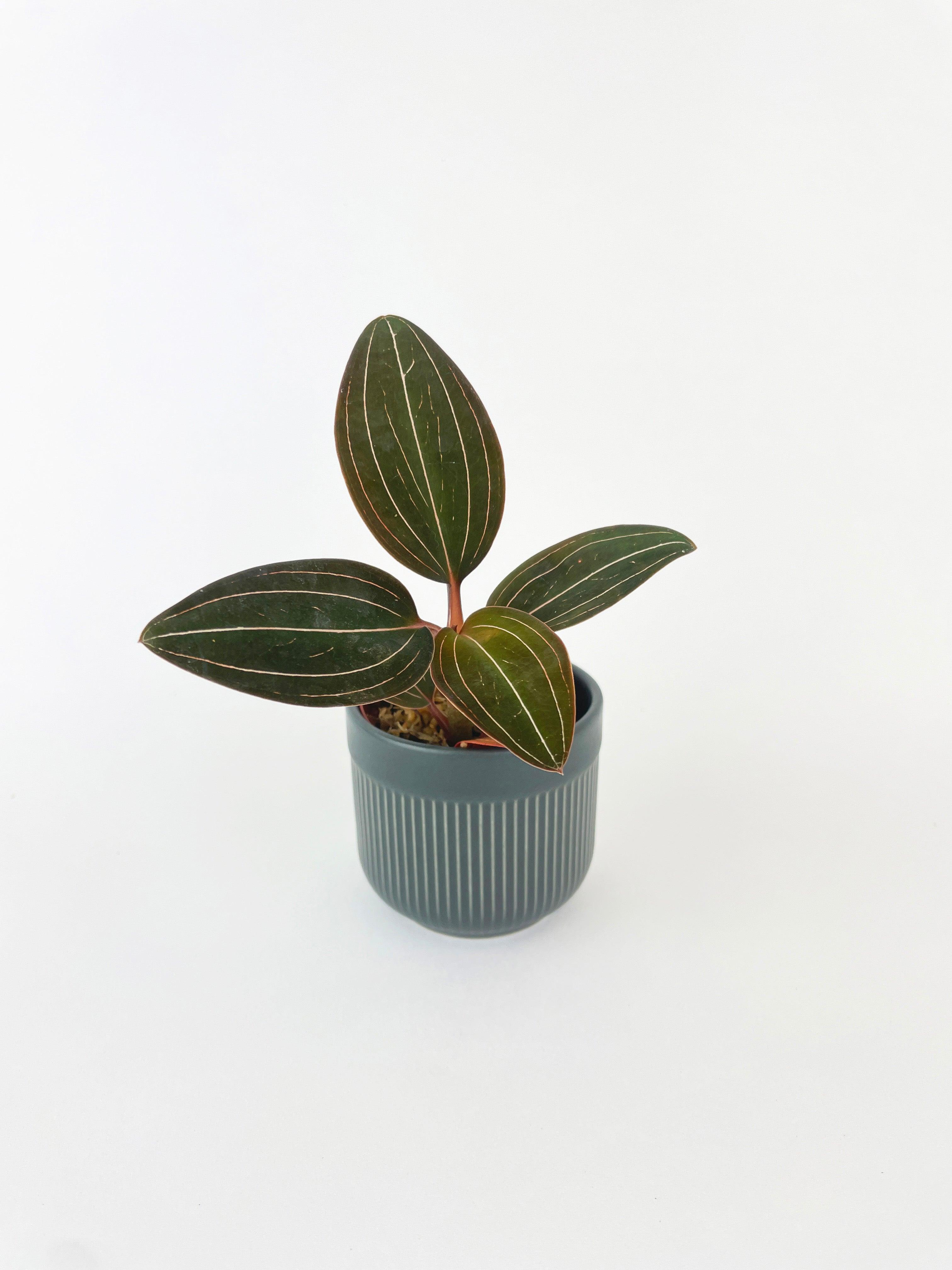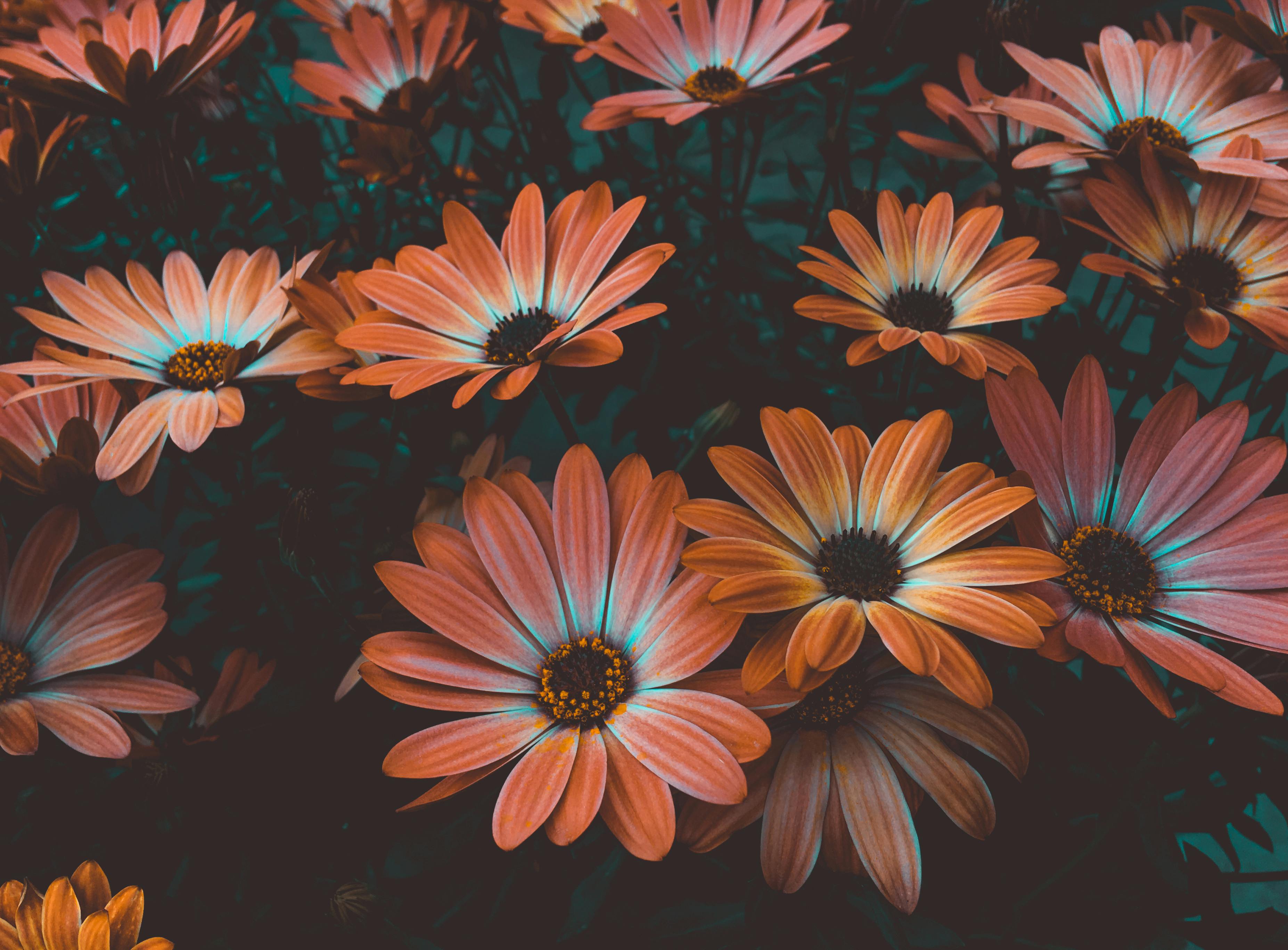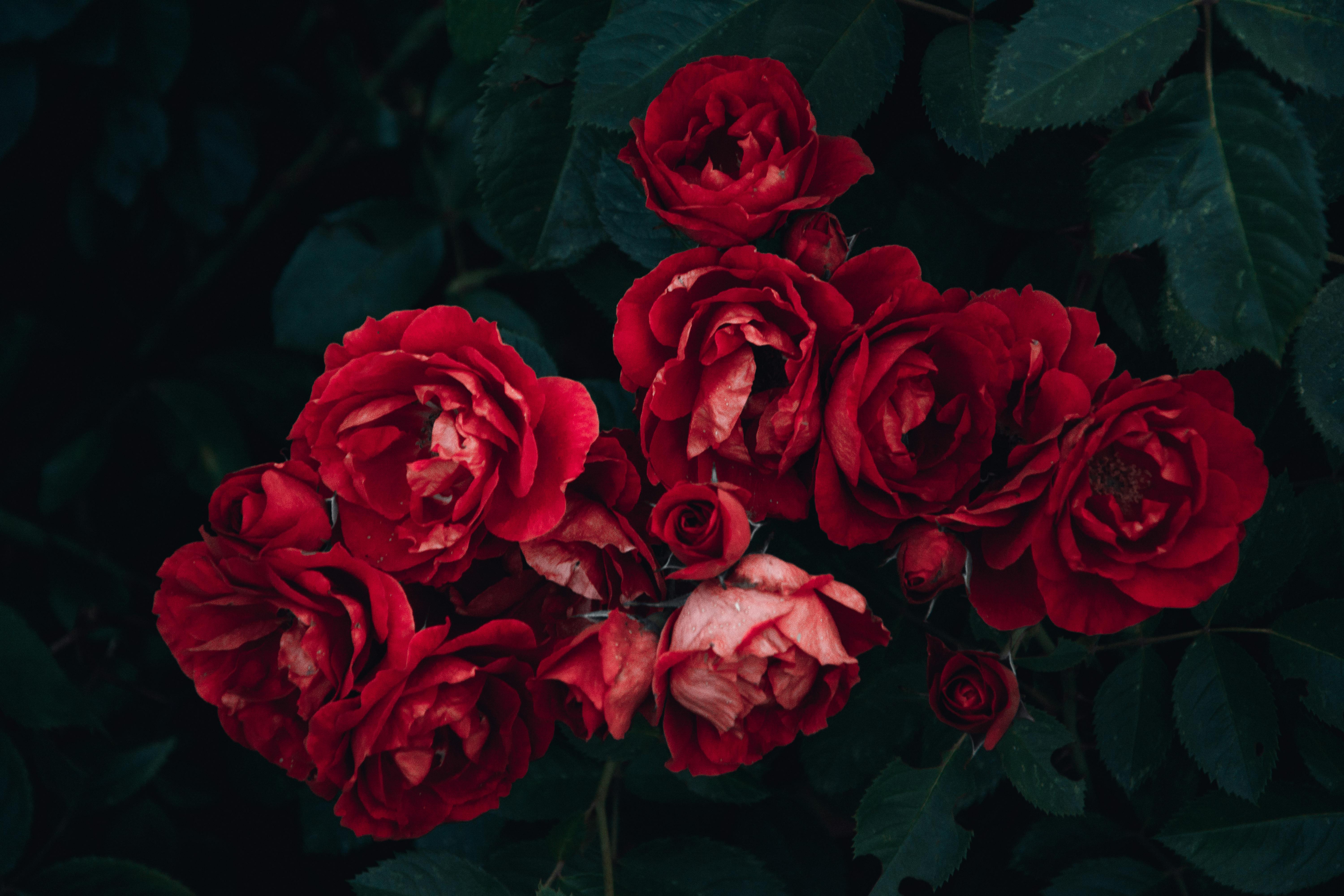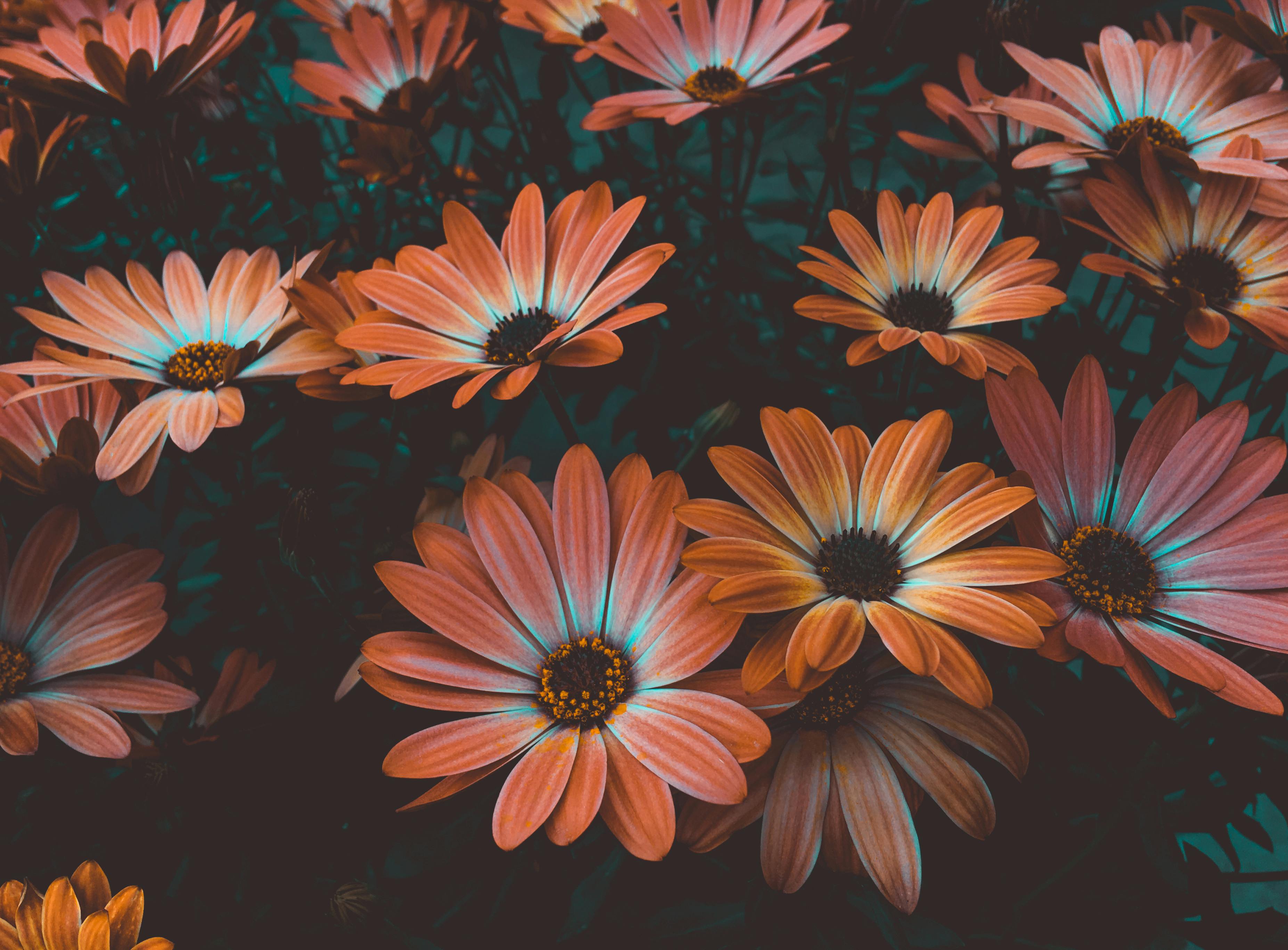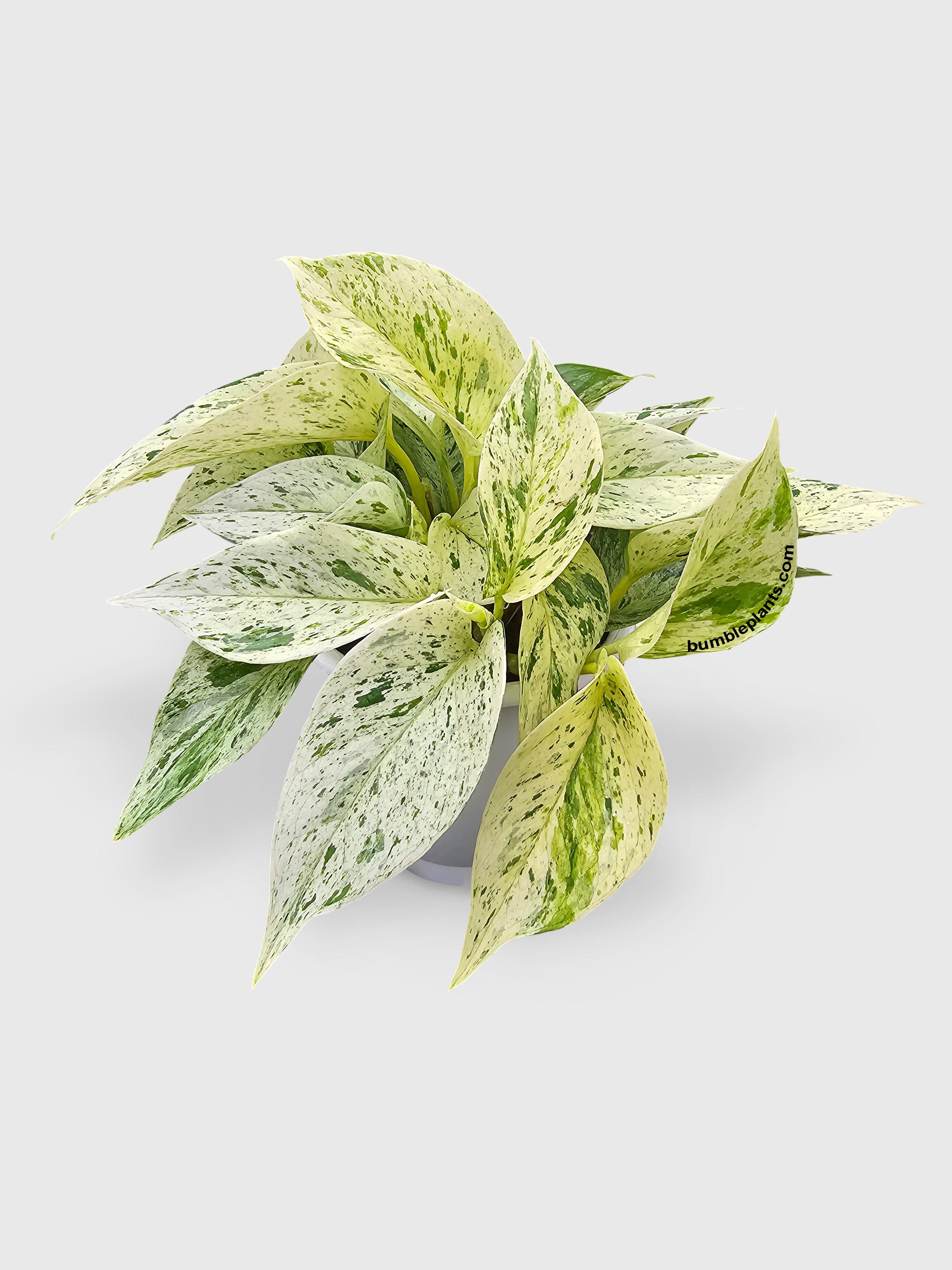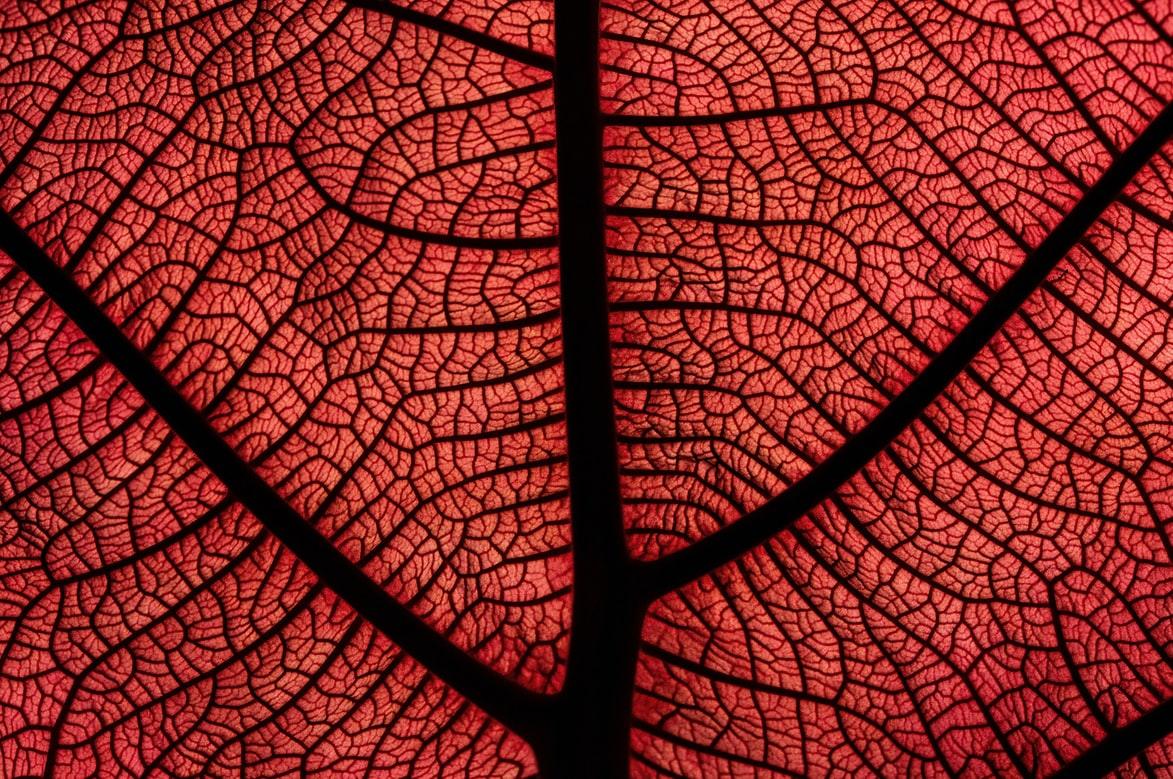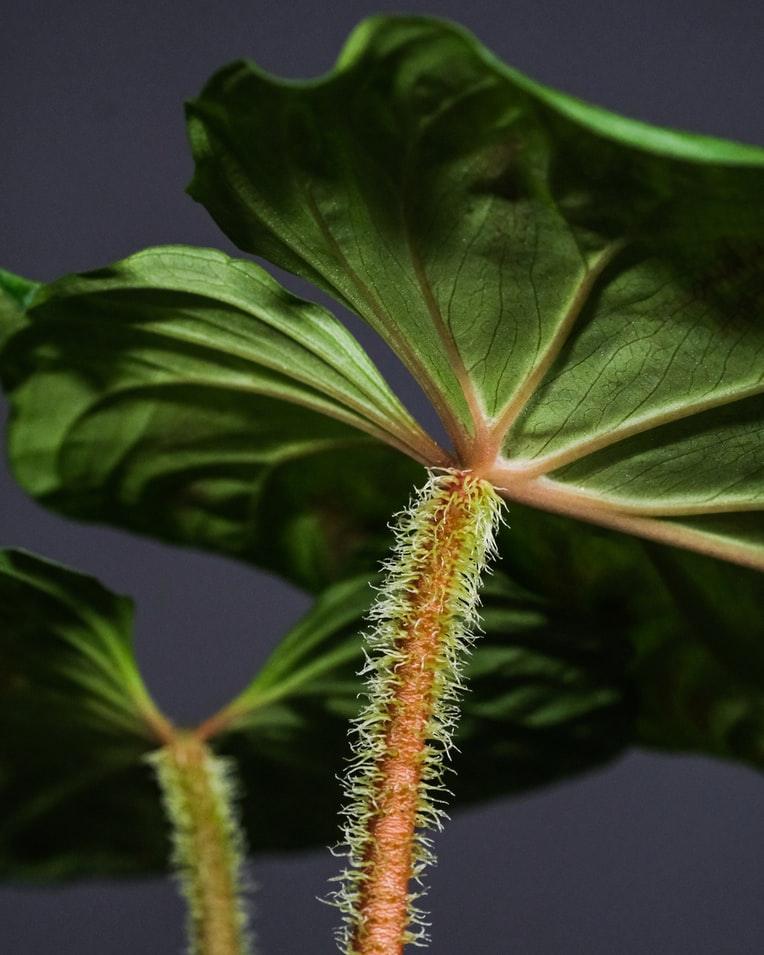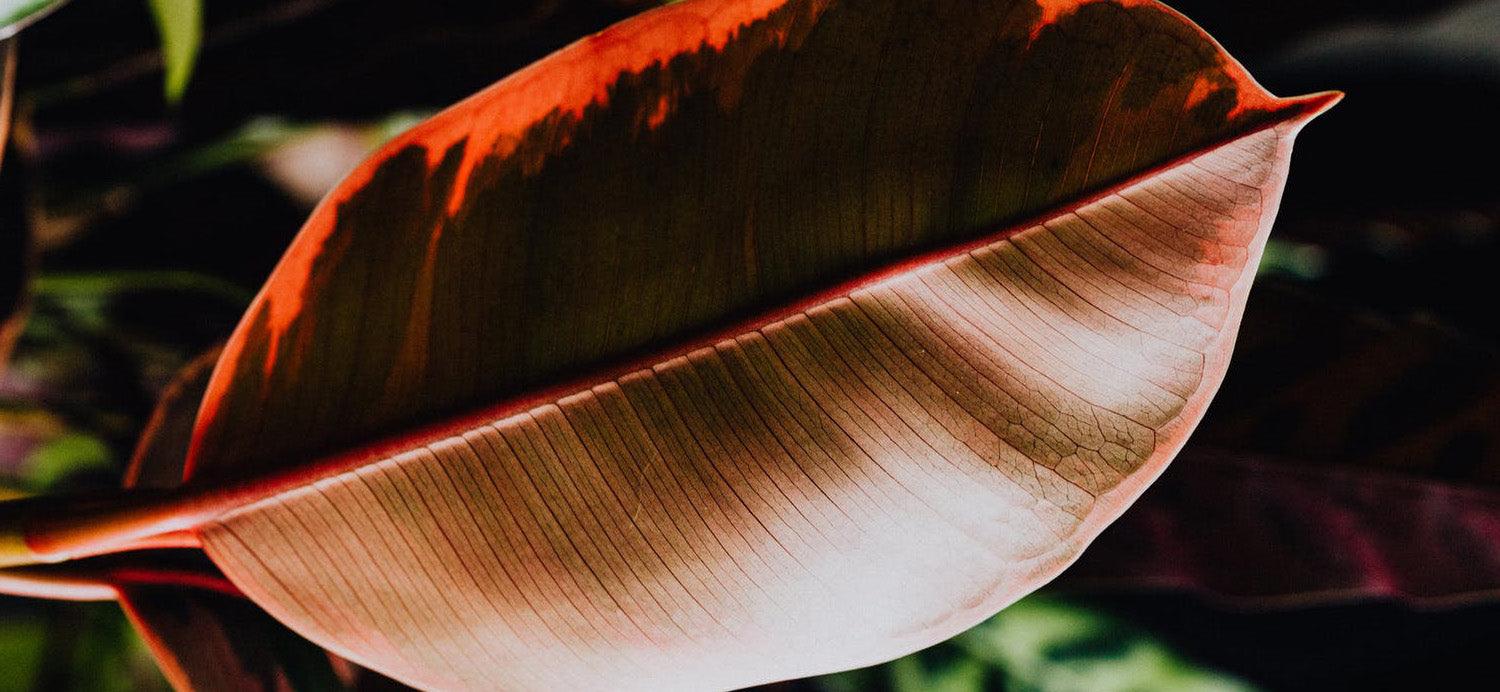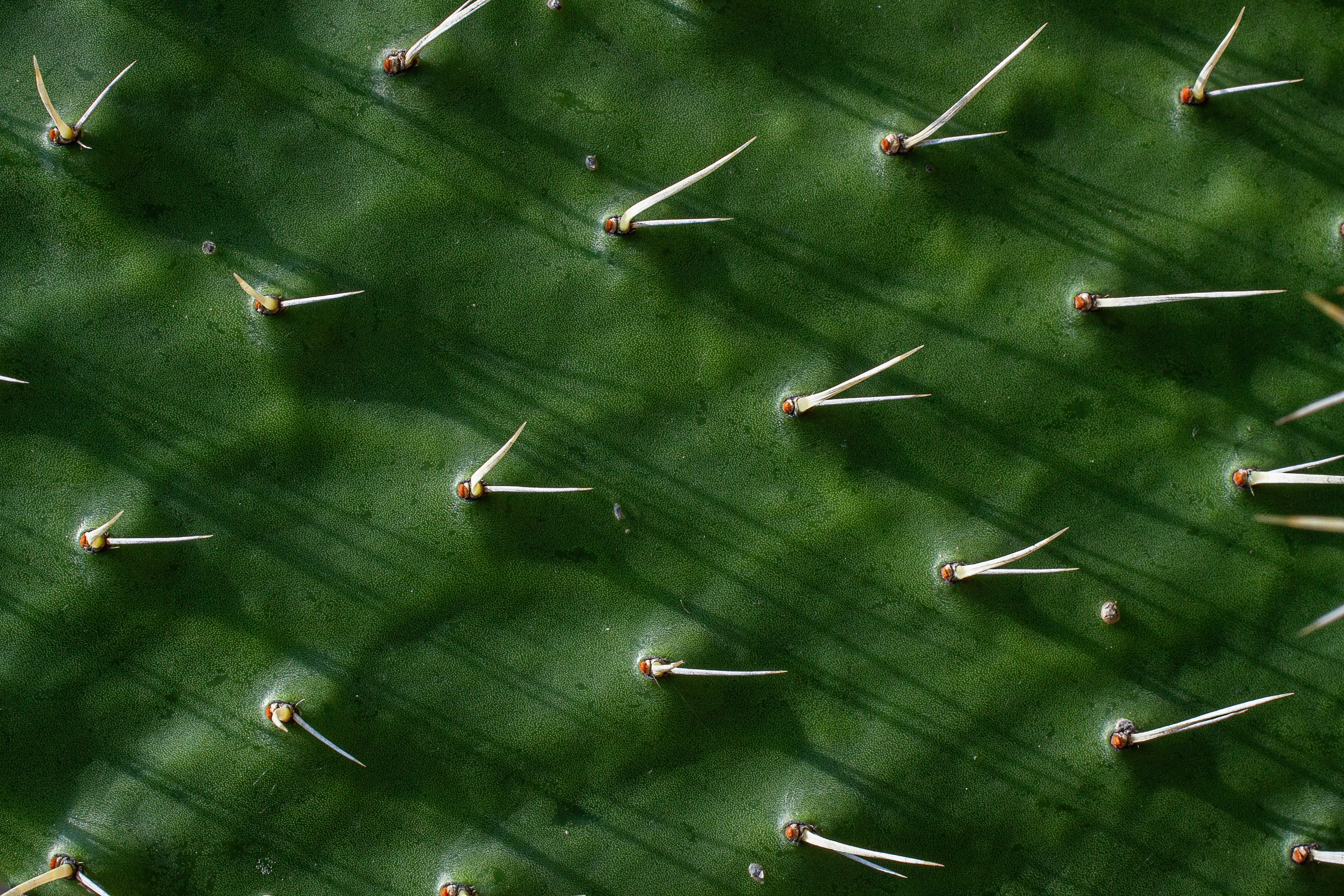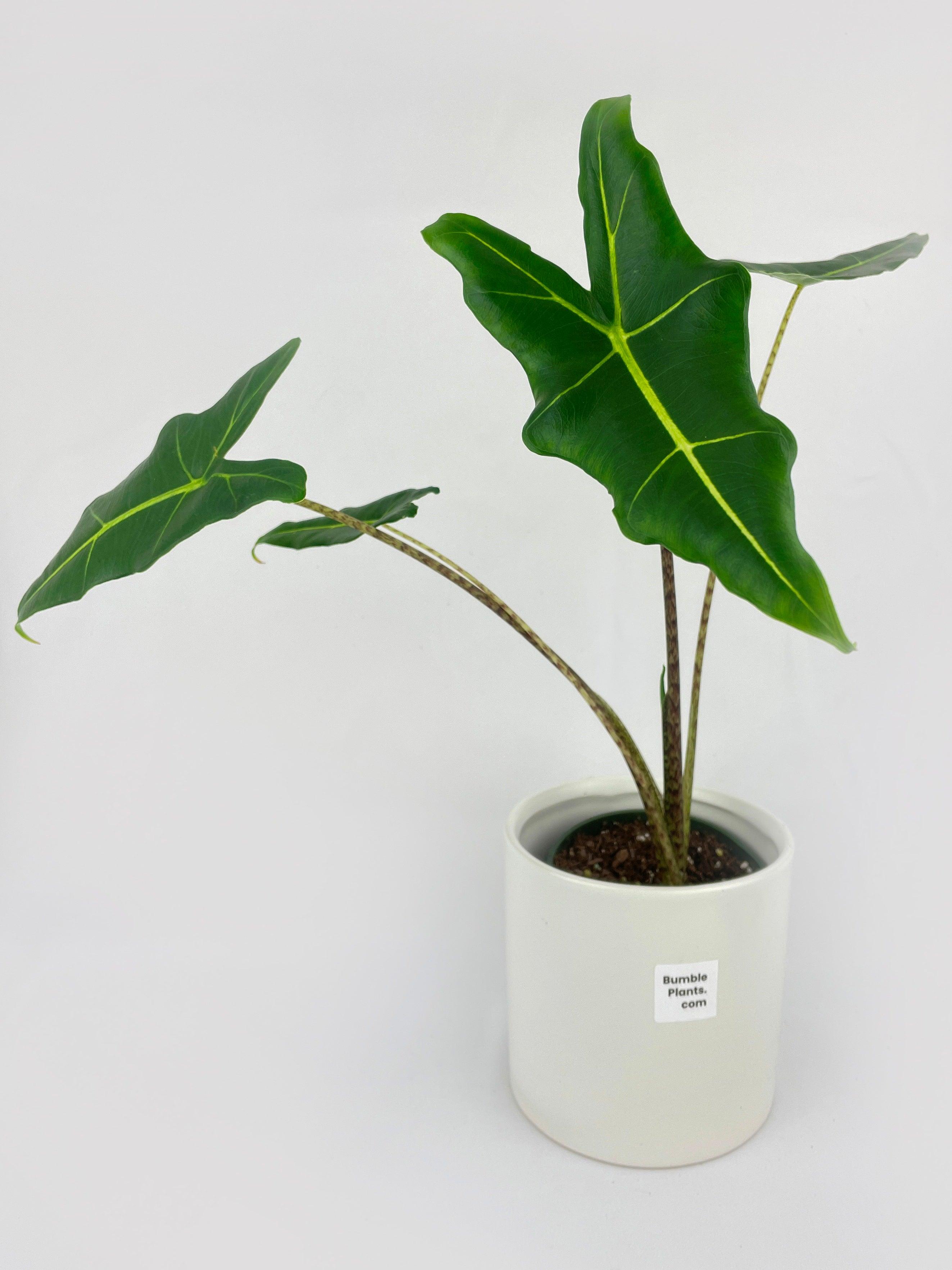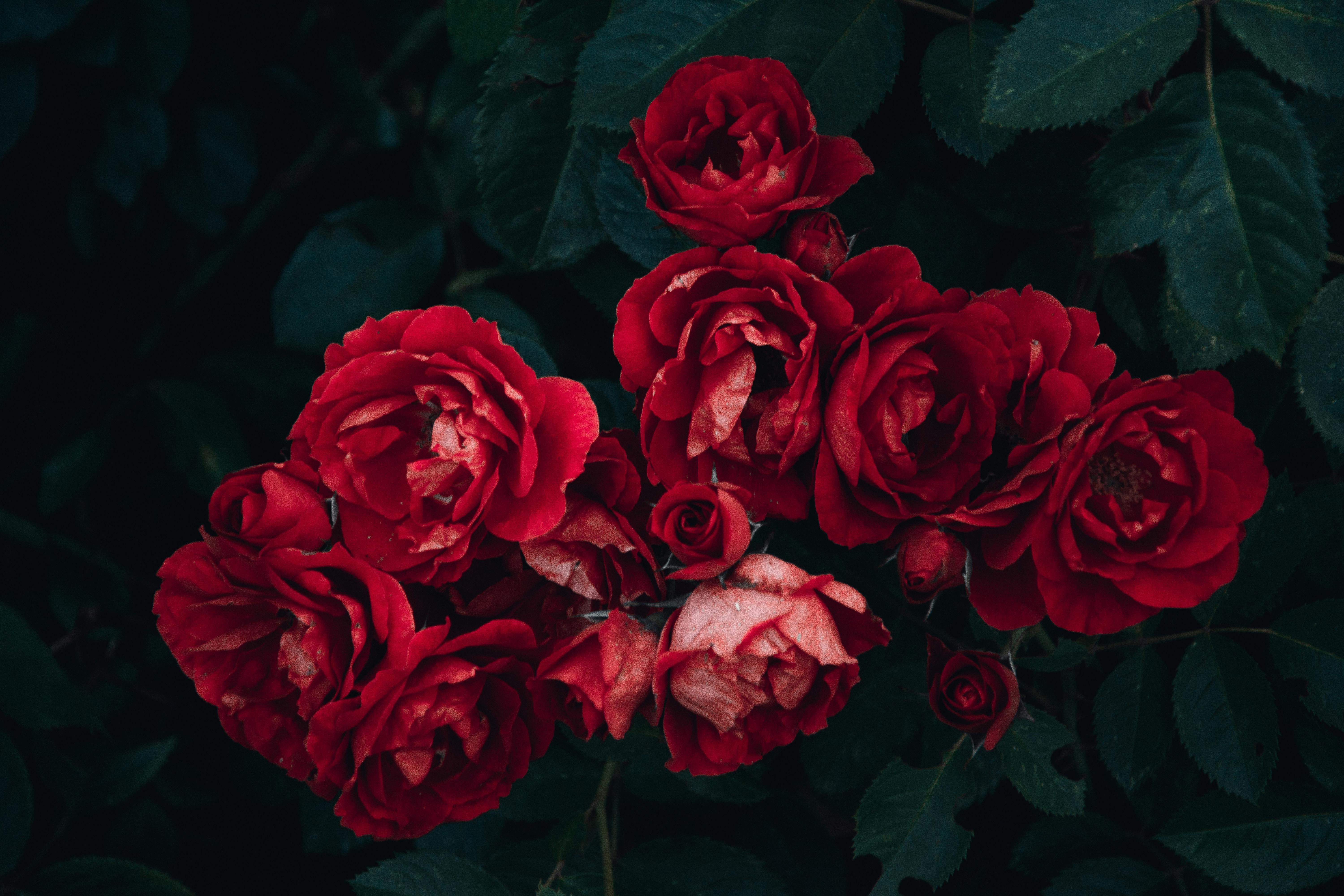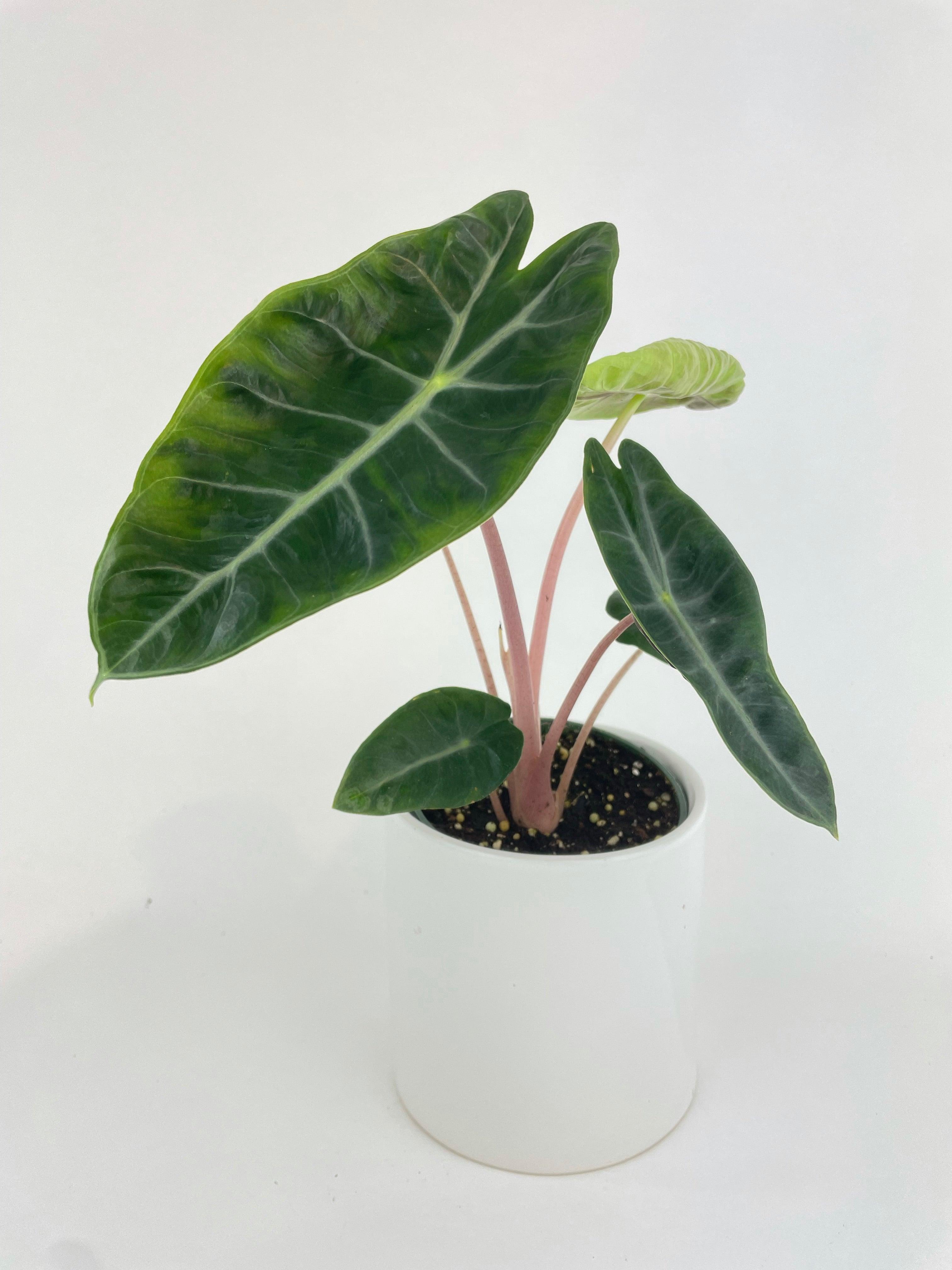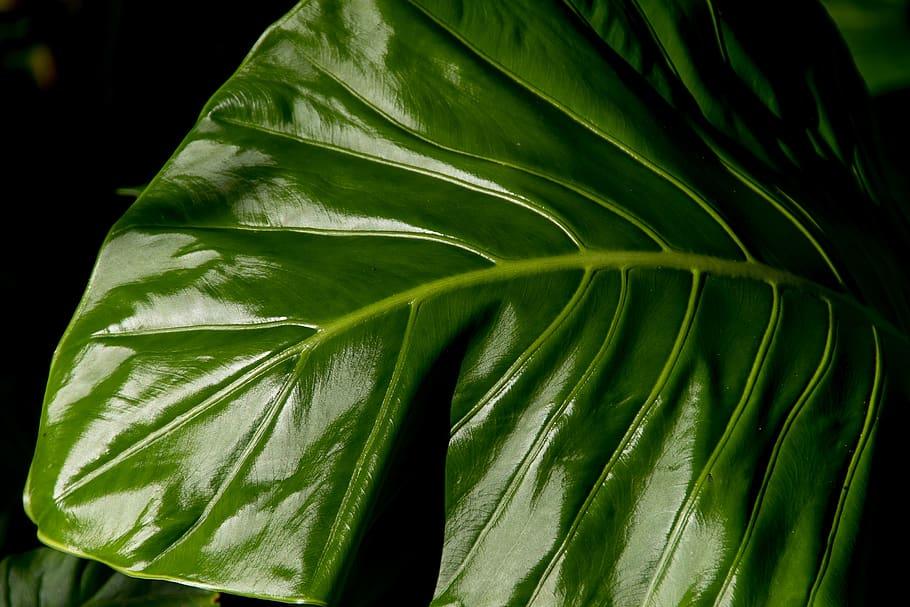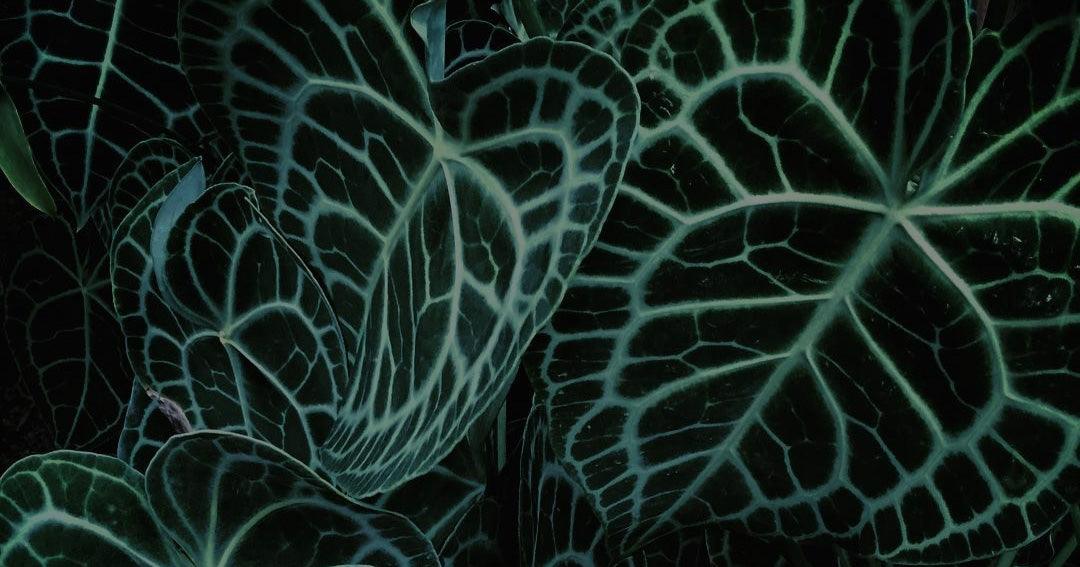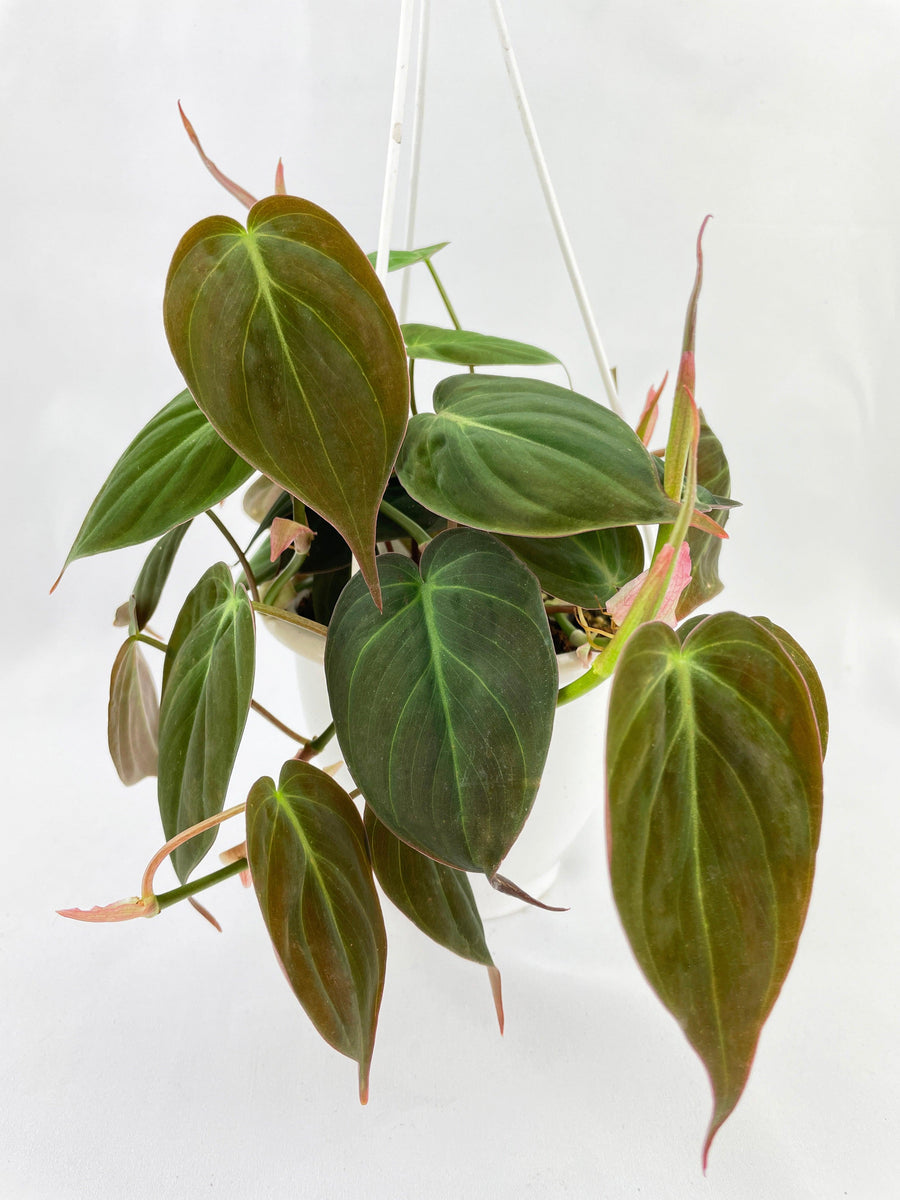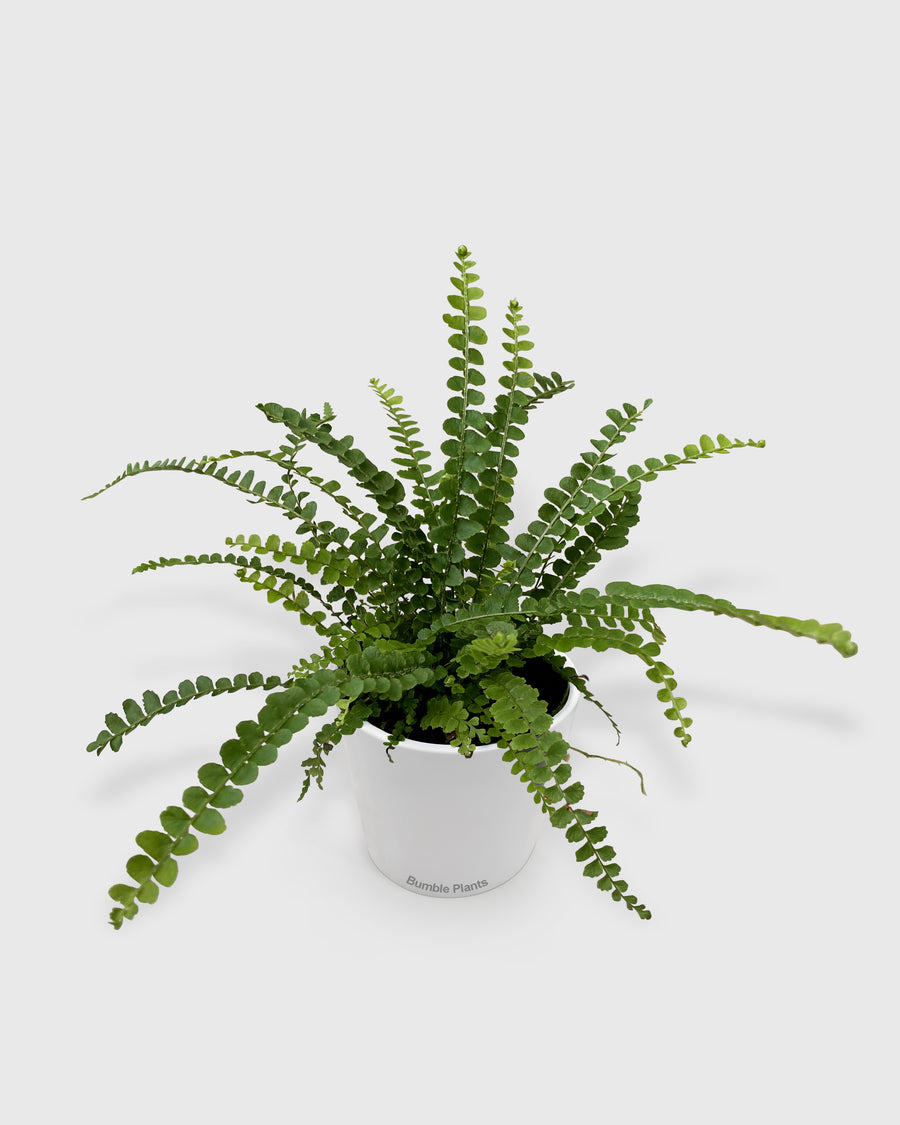Plant Care and Maintenance: An Ultimate Guide
When it comes to your plants, it's not just about watering them – it's like giving them a little love and attention. In this guide to taking care of your plants, we're going to discover the basics that keep your plants happy and full of life. Whether you're a pro at gardening or just starting out, understanding how to look after your plant is super important. So, let's dive into the world of plant care and make sure your plants thrive!
Basic Plant Maintenance
Understanding the Essentials
Okay, let's break it down to the basics. When we talk about basic plant maintenance, we're essentially looking at the simple things that make your plants feel good.
What is basic plant maintenance?
Basic plant maintenance is like giving your plants a cozy home. It involves the routine things your plants need to stay happy and healthy. We're talking about watering, checking for pests, and making sure they get enough sunlight.
Importance of regular care routines
Imagine if you only ate once a week – not great, right? Well, plants feel the same way. Regular care routines, like consistent watering and keeping an eye on them, ensure they get the attention they need. It's the key to a thriving green squad.
Water Relations
Now, let's talk about something every plant loves – water. It's like their drink of life. Here, we're going to explore why water is so crucial and how to make sure your plants stay hydrated happily.
Exploring the significance of proper watering
Just like we need a good drink to stay healthy, plants rely on water for their well-being. But it's not just about pouring water on them randomly. We'll dig into why proper watering matters and how it keeps your plants thriving.
Tips for maintaining optimal soil moisture
Think of soil moisture as your plant's spa treatment. We'll discuss easy tips to make sure the soil stays just right – not too dry and not too soggy. Finding that sweet spot is key to keeping your plants in their happy place.
Types of Plants and Their Maintenance Needs
Plants, like people, have their own personalities. Some are low-key, while others demand a bit more attention. Here, we'll explore the high-maintenance ones and how to cater to their specific needs.
Identifying plants with specific care requirements
Just like some friends need extra care, certain plants are high-maintenance. We'll help you recognize these leafy divas and understand what makes them a bit more demanding.
Strategies for managing high-maintenance species
Handling high-maintenance plants doesn't have to be overwhelming. We'll share practical strategies to keep them happy without turning your gardening routine into a full-time job.
Five Types of Plant Maintenance
Now, let's explore the different maintenance needs of various plants. Think of it as understanding the unique preferences of your green companions.
1.Nutrient Uptake
Plants, much like us, need their nutrients. Learn how plants absorb and utilize nutrients, making sure your plants get the vitamins they need.
2.Photosynthesis and Respiration
Ever wondered how plants breathe? Explore the processes of photosynthesis and respiration, helping you create the perfect environment for these life-sustaining activities.
3.Fertilizer Selection
Choosing the right food for your plants is crucial. We'll discuss the best fertilizers and how to match them with different plants, ensuring they get the nutrients that suit their taste.
4.Ensuring Adequate Light
Light is like the energy drink for plants. We'll guide you on maximizing sunlight exposure and dealing with light stress to keep your plants radiantly healthy.
5.Nutrient Maintenance
We'll take a closer look at how plants maintain nutrients, exploring the mechanisms that keep them in tip-top shape. Learn and implement composting and soil fertility for a more natural nutrient boost.
Promoting Plant Growth
Fertilizer Selection
What is the best fertilizer for plants?
Picking the best fertilizer is like crafting a personalized menu for your plants. There are various options, each offering distinct benefits. Let's explore some top choices:
- All-Purpose Granular Fertilizer: Ideal for beginners, this balanced option contains a mix of essential nutrients suitable for a wide range of plants.
- Liquid Fertilizer: Perfect for quick absorption, liquid fertilizers work well for houseplants and container gardens. They're like a nutrient-packed smoothie for your plants.
- Slow-Release Pellet Fertilizer: If you prefer a set-it-and-forget-it approach, slow-release pellets provide a steady nutrient supply over an extended period.
- Organic Fertilizer: For those leaning towards a natural approach, organic options use natural ingredients to nourish your plants without synthetic additives.
Tailoring fertilizer choices to plant types and growth stages
Plants have different tastes when it comes to nutrients. We'll teach you how to match the fertilizer to your plant's preferences and growth stages, ensuring they get the specific nourishment they need.
Ensuring Adequate Light
Let there be light! We'll explore why light is crucial for your plants and how to make sure they bask in just the right amount for optimal growth.
Maximizing sunlight exposure for different plants
Sunlight is the fuel that powers your plants, but not all plants have the same sunlight appetite. Let's break it down:
- Full Sun Plants: These sun-soakers love a good 6-8 hours of direct sunlight each day. Think tomatoes, peppers, and sunflowers. Place them where they can bask in the sunlight buffet.
- Partial Sun/Partial Shade Plants: These folks enjoy a balance. They thrive in 3-6 hours of sunlight or dappled shade. Hostas and impatiens fall into this category, so find them a cozy spot with just the right amount of sunlight.
- Shade-Loving Plants: Some plants prefer the cool side of the garden. Ferns and begonias, for example, flourish in 2-4 hours of indirect sunlight or dappled shade.
Addressing issues related to light stress
Too much of a good thing can stress out your plants. Signs of light stress include scorched or yellow leaves. If your plant looks like it's sunburned, it might be craving some shade.
- Adjusting Placement: If your plant shows signs of light stress, consider moving it to a spot with less direct sunlight or filter the light with sheer curtains.
- Gradual Acclimation: Introduce your plant to sunlight gradually, especially if it's been in low light conditions. Think of it as getting your plant accustomed to its new sunny gym routine.
Keeping an eye out for these signs and making small adjustments ensures your plants soak in the sunshine without feeling the burn.
Nutrient Maintenance
Nutrient Uptake Mechanisms
Let's uncover the secret life of plant nutrients. We'll explore how plants absorb these essential elements and what you can do to ensure they enjoy a nutrient-rich feast.
Decoding the Dance of Nutrients in Plants
Picture this: your plants are like skilled dancers, absorbing nutrients through intricate mechanisms. We'll simplify the dance steps and help you understand how plants take in nutrients from the soil.
Maintaining a Balanced Nutrient Profile
Just like humans need a balanced diet, plants crave a mix of nutrients for optimal health. Explore the practical tips on maintaining a well-rounded nutrient profile in your soil, ensuring your plants get the buffet of goodness they need.
Composting and Soil Fertility
Time to get down and dirty – in a good way! We'll explore the world of composting and how it enhances soil fertility for a happy and thriving plant environment.
Harnessing the Power of Composting
Composting is like a superhero for your soil. Learn composting, turning kitchen scraps and yard waste into nutrient-rich goodness that your plants will love.
Strategies for Enhancing Soil Fertility Naturally
Forget about synthetic additives. Adapt natural strategies to boost soil fertility, from cover cropping to incorporating organic matter, creating a nurturing environment for your plants to flourish.
Identifying Stressors and Their Impact on Plant Health
Drought, Salt, Temperature, and Light Stress
Plants, like us, can get stressed. Let's explore the various stress factors your green companions might face and how you can be their stress-buster.
Identifying Stressors and Their Impact on Plant Health
Plants face a variety of stress factors, from drought to extreme temperatures. We'll help you identify the signs of stress and understand how each factor affects your plant's well-being.
Implementing Measures to Mitigate Stress Factors
Stress management isn't just for humans; plants benefit from it too. Learn practical measures to alleviate stress factors, whether it's adjusting watering routines during a heatwave or providing shade during intense sunlight.
Pest and Disease Management
The world of gardening has its villains – pests and diseases. Let's explore how to keep your plants safe from these troublemakers.
Utilizing Pesticides, Herbicides, and Fungicides Effectively
Sometimes, you need a hero to save the day. We'll guide you on using pesticides, herbicides, and fungicides responsibly to protect your plants without harming the environment.
Exploring Natural Methods for Insect Repellents
Nature has its own arsenal against pests. We'll delve into natural insect repellents, from companion planting to DIY solutions, allowing you to keep your plants bug-free without resorting to harsh chemicals.
Plant Reproduction Techniques
Seeds, Cuttings, Grafting, and Tissue Culture
We'll learn the plant reproduction techniques, from the humble seed to the intricate art of tissue culture.
Basic Breakdown of Various Propagation Methods
- Seeds: Nature's tiny miracles! Learn how to harness the power of seeds, understanding their role in the circle of plant life.
- Cuttings: Cloning plants? Almost! Learn creating new plants from cuttings, whether it's a snippet of your favorite foliage or a branch that holds sentimental value.
- Grafting: Plant surgery at its finest! Learn grafting, where different plant parts come together to create a unique hybrid.
- Tissue Culture: High-tech plant reproduction! Explore tissue culture, a method used by plant scientists to create clones under controlled conditions.
Specialized Plant Care
Indoor and Outdoor Gardening
Let's talk about creating a garden, whether inside your home or outdoors. We'll cover the nuances of caring for plants in different environments, ensuring they thrive wherever they call home.
Tailoring Care Routines to Different Environments
- Indoor Gardening: Choose the right plants for low-light conditions and learn container gardening.
- Outdoor Gardening: Learn how to care for plants in your garden, considering factors like soil preparation, sunlight exposure, and seasonal changes.
Landscaping and Horticulture
Let's elevate your plant care to a new level. We'll explore advanced practices in landscaping and horticulture, turning your outdoor space into a breathtaking botanical masterpiece.
Integrating Plant Care into Landscaping Projects
- Design Principles: Learn combining plants for aesthetic appeal. Learn the design principles, helping you create visually stunning landscapes that are also easy to maintain.
- Plant Selection: Not all plants are created equal, especially in landscaping. While selecting plants, make sure that they complement each other and thrive in your specific climate and soil conditions.
Exploring Advanced Horticultural Practices
- Pruning Techniques: Master the art of pruning for both beauty and health. Learn when, why, and how to prune different plants to encourage growth and maintain their shape.
- Soil Health Management: Healthy soil, happy plants. Learn advanced techniques for soil fertility, aeration, and drainage, ensuring your plants have the perfect foundation for robust growth.
- Pest and Disease-Resistant Cultivars: Explore the world of cultivars bred for resistance, reducing the need for chemical interventions.
Conclusion
Caring for your plants is a journey of joy and discovery. From understanding the basics to exploring advanced techniques, this guide will help you to create a flourishing garden that meets your aesthetics. Remember, each plant is unique, so tailor your care with love. Happy gardening!


